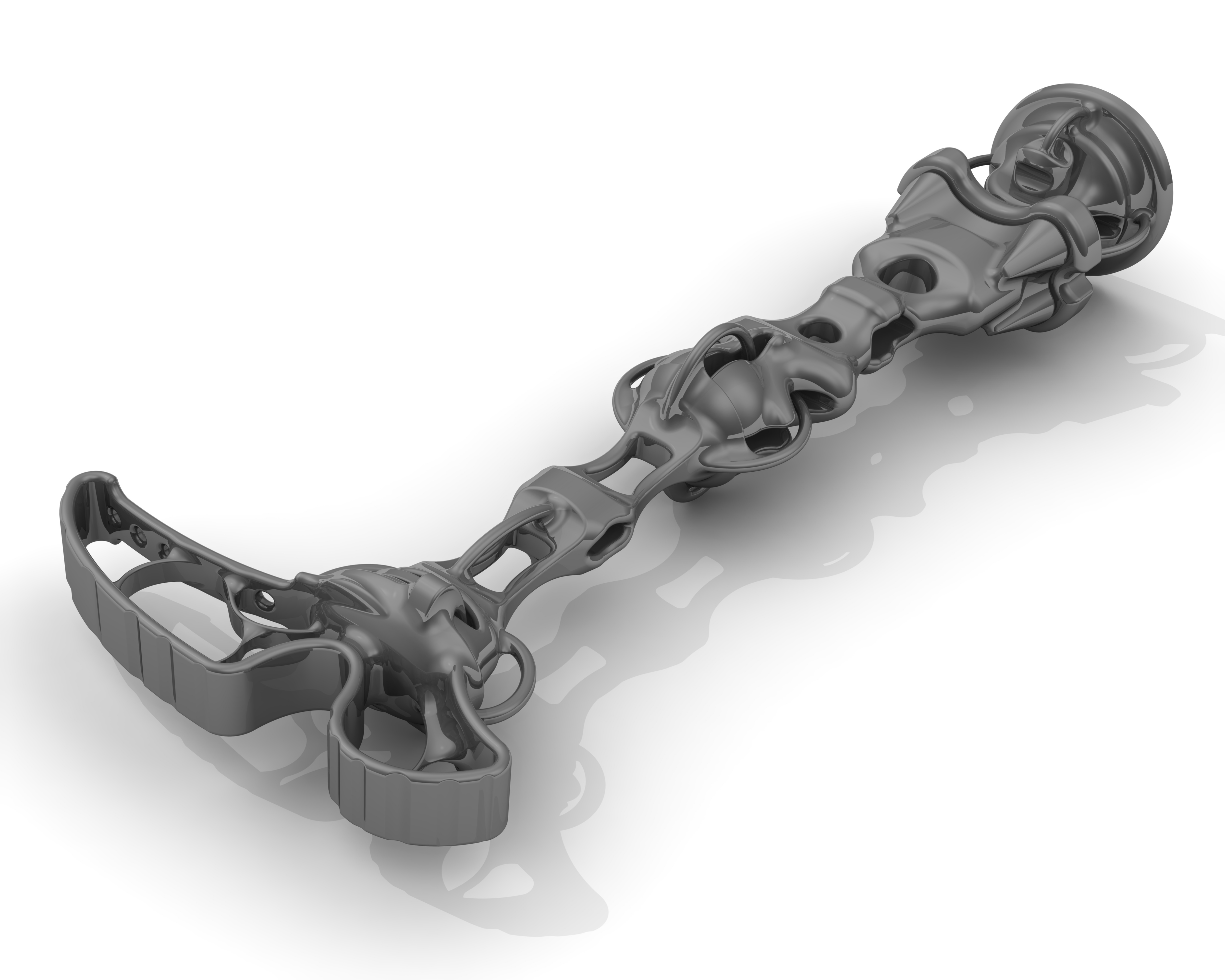Medical & Health Care
3D technologies have enabled medical professionals to perform tasks cheaper, faster and with greater precision and in some cases achieve things never before thought possible. 3D Printing, 3D Scanning and digital manipulation are now utilized for training, planning for surgery, demonstrations, implants, and prosthetics. The industry continues to finds new and exciting ways to use the technology.
3D Scanners and CAD design software are used to design customized prosthetic and orthotic devices, requiring absolute precision and paying close attention to the patient’s individual anatomy. 3D Printers are being used more and more to create prosthetics, implants and used by surgeons to plan and illustrate procedures.
 3D body scanning has demonstrated great potential for application in the healthcare field, as there has always been a demand for acquiring patients’ physical data for diagnostic and treatment purposes in clinical practices.
3D body scanning has demonstrated great potential for application in the healthcare field, as there has always been a demand for acquiring patients’ physical data for diagnostic and treatment purposes in clinical practices.
3D body scanning is designed for collecting data concerning the outer surface of the human body. The 3D data can be applied in the customization of medical products for patients such as artificial limbs, plastic surgery, prostheses, rehabilitation protectors, and orthopedic support.
Efficiency and precision are necessary conditions in providing diagnostic and treatment services for patients. High efficiency aims to relieve patients’ suffering and precision refers to consistent scanning results, which realizes customized artificial limbs, prosthesis and rehabilitation protectors fitted patients’ individual characteristics in a seamless way.
Animal Prosthetics
3D scanning in the medical field helps more than just us humans, it serves the Veterinarian industry as well. 3D printing is one of the most efficient solutions for creating the best animal prostheses in order to give animals a better shot at life.
Thanks to additive manufacturing, a fitting prosthesis can be created. we will explain to you why it is of importance that veterinarians and doctors see the benefit of 3D printing their prosthesis and why companies and people should contribute to wildlife issues with these prostheses.
